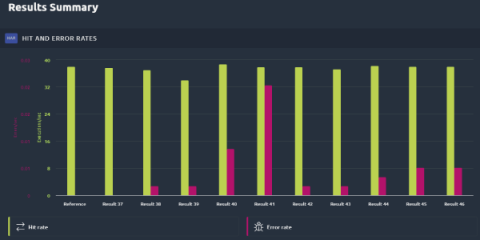Enhancing API Testing with OpenAPI Schema Compliance in Katalon Studio
In the landscape of API development, strict adherence to established standards is crucial for sustaining consistency, ensuring reliability, and enabling seamless compatibility across evolving environments. With the release of Katalon Studio 9.7, we are excited to introduce OpenAPI schema compliance validation. This significant enhancement extends our schema compliance testing capabilities to include OpenAPI and Swagger specifications.











